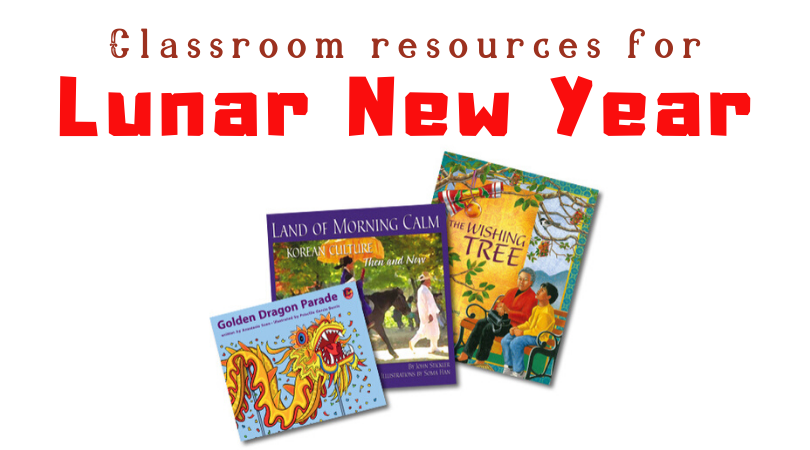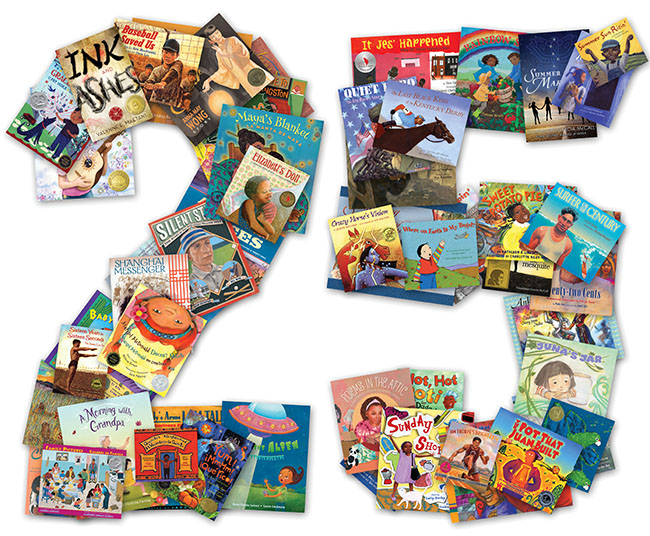 Jill Eisenberg, our Resident Literacy Expert, began her career teaching English as a Foreign Language to second through sixth graders in Yilan, Taiwan as a Fulbright Fellow. She went on to become a literacy teacher for third grade in San Jose, CA as a Teach for America corps member. She is certified in Project Glad instruction to promote English language acquisition and academic achievement. In her column she offers teaching and literacy tips for educators.
Jill Eisenberg, our Resident Literacy Expert, began her career teaching English as a Foreign Language to second through sixth graders in Yilan, Taiwan as a Fulbright Fellow. She went on to become a literacy teacher for third grade in San Jose, CA as a Teach for America corps member. She is certified in Project Glad instruction to promote English language acquisition and academic achievement. In her column she offers teaching and literacy tips for educators.
We’re in the process of updating our lists of recommended books for special holidays! Our diverse books cover a wide range of holidays, celebrations, and important moments in history. Whether you are looking to rejuvenate your holiday read alouds in the classroom or purchase a gift to remember a special moment, you’ll find the perfect title on our list. Here’s what we’re celebrating – and reading – in January:
JANUARY 20
Martin Luther King, Jr.’s Birthday
The Bus Ride
Continue reading →







